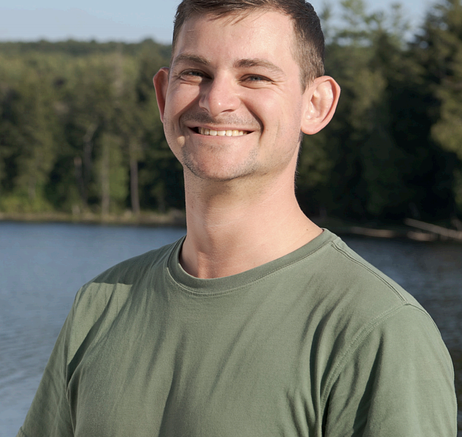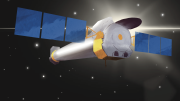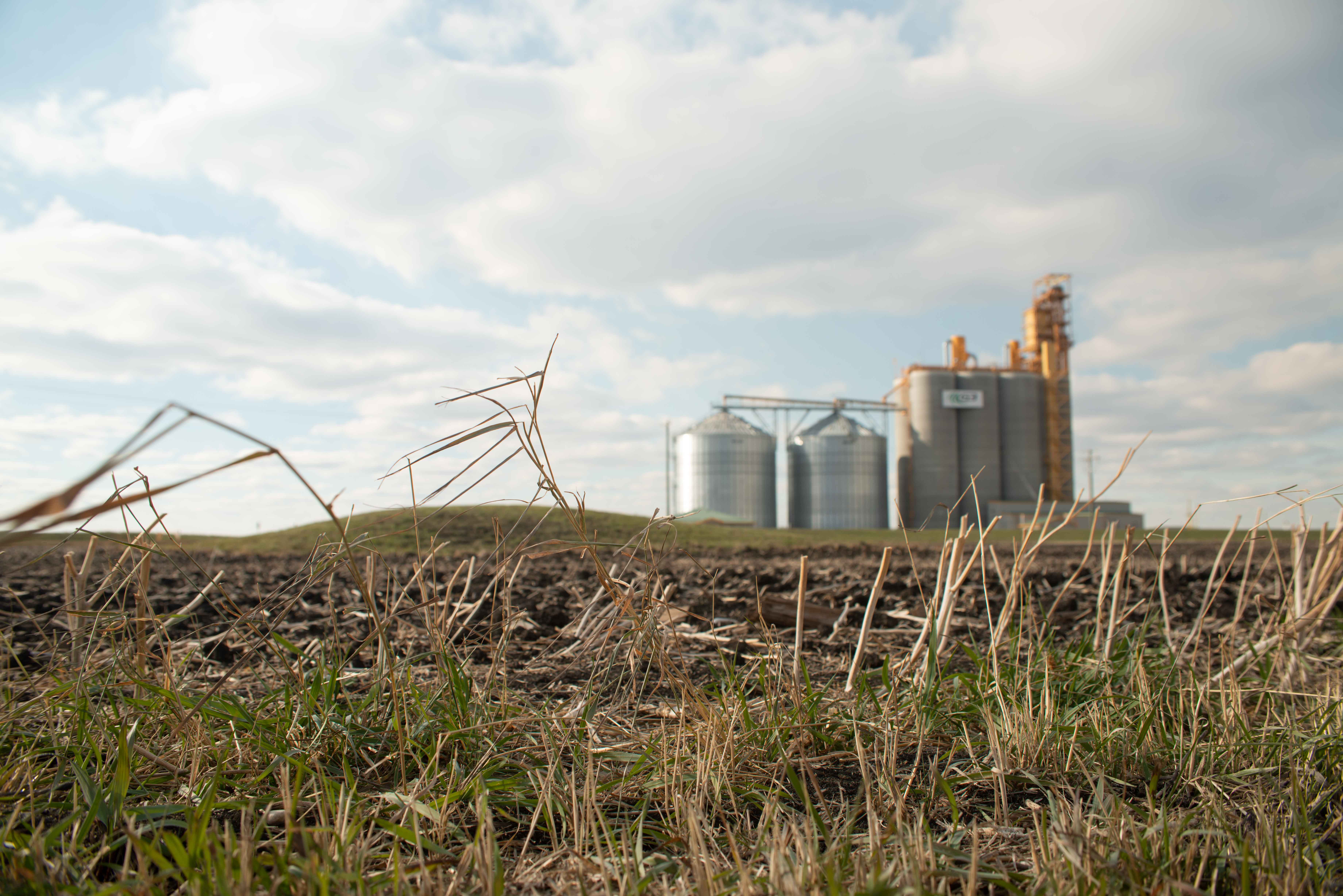The Living Prairie Museum (LPM) has been recognized as a Key Biodiversity Area (KBA), marking it as one of Canada’s most important sites for rare species and ecosystems. Zachary Moore, Manitoba KBA regional coordinator and a recent graduate from U of M’s natural resources management institute, said the LPM stood out as a strong candidate because of its rare species and ecological value.
“LPM is a great example of a remnant patch of tall grass prairie that is, amazingly, protected within city limits,” Moore said. Located at the heart of Winnipeg, the 13-hectare preserve protects one of Manitoba’s last largely unplowed tallgrass prairies. The KBA status is given as part of a national program that identifies essential places for biodiversity conservation.
Downy gentian (Gentiana puberulenta), a vivid blue-violet wildflower, is at the centre of the KBA recognition. Peter Soroye, KBA assessment and outreach coordinator at Wildlife Conservation Society Canada, said, “[LPM] is unique in that it holds one of only two known naturally occurring populations of [downy gentian].” He also noted that less than half of the roughly 800 identified KBAs in Canada meet criteria for two or more species, making the LPM especially rare.
According to Moore, “[Downy gentian’s] occurrence in LPM was something truly special and worth highlighting on the national stage.” The KBA designation now places the site alongside other key grassland ecosystems such as Grasslands National Park and Delta Marsh.
The prairie is home to more than 150 native plants and over 300 different insect species, as well as birds and mammals. Among others, the site supports threatened insects such as the yellow-banded bumble bee and Whitney’s underwing moth, mammals like the white-tailed deer along with birds like indigo buntings, common nighthawks and rusty blackbirds.
While the KBA designation does not guarantee legal protection or funding, it serves as a powerful tool for guiding conservation policy and funding decisions, including Canada’s goal to protect 30 per cent of land and water by 2030,” explained Soroye. Noting that habitat loss remains the prairie’s biggest threat, he said, “tools like KBAs help to highlight the sites that are absolutely critical to protect to avoid the extinction of iconic prairie species from the country or the world, and we should make sure that these sites are adequately conserved and stewarded into the future. Restoring degraded prairie ecosystems and sites is another key part of conserving and recovering biodiversity.” Soroye encouraged students and emerging researchers to get involved in KBA conservation through local non-governmental organizations, community science platforms like iNaturalist and national initiatives such as the KBA Canada photo contest.
“Our KBA Canada photo contest is open until Oct. 10, [2025],” he said. “KBAs can be great tools for inspiring Canadians across the country to care and learn about the incredible and unique biodiversity around them, and the photo contest is a great way for the photographically inclined to help shine a light on KBAs and the species within them,” he added.
The LPM lies within the home and traditional lands of the Anishinaabe (Ojibwe), Ininew (Cree) and Dakota peoples, and the homeland of the Red River Métis. Its recognition adds Winnipeg to Canada’s growing network of KBAs, underscoring the ecological importance of even small urban patches of prairie.
Launched in 2019, the KBA Canada initiative is among the world’s first national programs to identify Key Biodiversity Areas. It also supports Canada’s commitments under the Convention on Biological Diversity.
A rare ecological treasure
Living Prairie Museum recognized as a Key Biodiversity Area
 Zachary Moore is a recent graduate of the U of M's natural resources management institute, and Manitoba's Key Biodiversity Area regional coordinator.
Supplied by Zachary Moore
Zachary Moore is a recent graduate of the U of M's natural resources management institute, and Manitoba's Key Biodiversity Area regional coordinator.
Supplied by Zachary Moore




